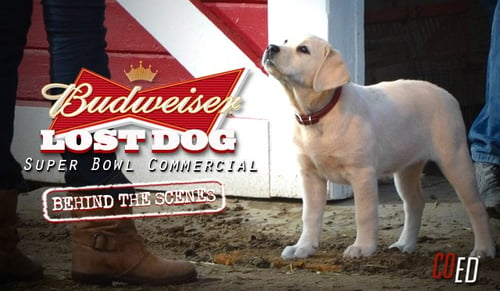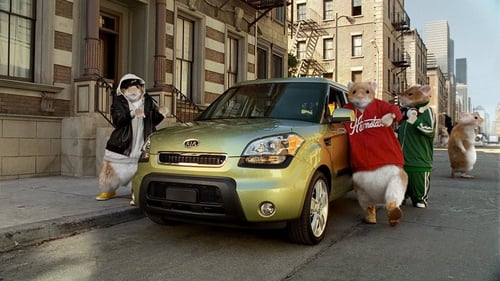On first impression, what drew you to this article? Our bets are on the cute little scientist. That’s because cute images stimulate the same pleasure centers of the brain aroused by a good meal or psychoactive drugs like cocaine, according to research studies. This phenomenon is evident from the hundreds of cute animal videos making their way around the internet. It’s marketer’s dream.
Savvy marketers are using the cuteness power to their advantage and it’s driving results. Hello Kitty harnessed the power of cute to build a multi-billion dollar brand. Budweiser’s most popular Super Bowl commercial featured a loving story about man’s best friend. If it’s not puppies and babies — it’s giant hamsters (Kia Motors), geckos (Geico Insurance) or polar bears (Coca-Cola). But what is it that we, i.e., best marketing companies in Houston like so much about cute? And why does it work so well in advertising?

“Scientists who study the evolution of visual signaling have identified a wide and still expanding assortment of features and behaviors that make something look cute: bright forward-facing eyes set low on a big round face, a pair of big round ears, floppy limbs and a side-to-side, teeter-totter gait, among many others.”
In other words, we’re hardwired to fall for cute.
According to a study by the University of Melbourne, researchers studied the brain activity when cute baby pictures were shown to subjects. The cuter the baby is, the more activation found in the pleasure centre of the brain called the “Nucleus Accumbens”. The squee cuteness causes a burst in the pleasure centre, a happy feeling caused due to the release of dopamine. Cuteness is evolutions tricky way of triggering nurturing instincts in adults to look after anything that looks like a cute baby.

If you’re going to show an ad, why not make it something that brings people joy? As explained in a socio-marketing analysis of the concept of cute and consumer culture, cute gives consumer goods warm and cheerful qualities. After the production process had de-personalized goods, cute design attempts to re-personalize it. Cuteness loans personality and a subjective presence to often meaningless consumer goods, and in this way makes them much more attractive to consumers.
The cute factor fits in well with numerous marketing strategies such as the Inbound Marketing methodology, where the goal is to entertain and delight potential customers. It cuts through the noise to speak straight to human emotion. If done right, using the cute factor in marketing can both surprise and leave a lasting impression.
Inspired to infuse cute into your marketing strategy? Check out Hubspot's list of the 10 most adorable brand mascots of all time, and if you need help with your marketing, contact us! Still have questions?




Leave A Comment